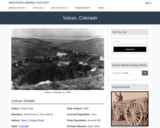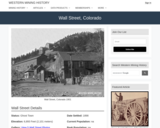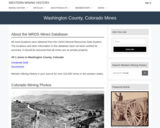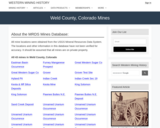
Vital Ice STEM Kit. The Natural Sciences Education & Outreach Center collaborates with CSU faculty, National Parks and citizen science programs to translate their current scientific research into unique STEM experiences for students in the form of Educational Kits that can be checked out. Each kit contains just about all of the materials needed (minus common things like water and paper towels) to explore some really interesting scientific research topics.The kits are available for teachers and informal educators in Colorado to check out for a duration of a week by submitting either a local pickup form or a delivery form available at the linked website. This kit is provided free for educational use. This Kit is available in Spanish. Global Surface Temperatures: https://scratch.mit.edu/projects/283054052/
- Subject:
- Agriculture and Natural Resources
- Ancient History
- Anthropology
- Applied Science
- Archaeology
- Arts and Humanities
- Atmospheric Science
- Chemistry
- Cultural Geography
- Earth and Space Science
- Ecology
- Environmental Science
- Environmental Studies
- Ethnic Studies
- Geology
- Geoscience
- History
- Hydrology
- Life Science
- Oceanography
- Paleontology
- Physical Geography
- Physical Science
- Physics
- Social Science
- U.S. History
- World Cultures
- Material Type:
- Activity/Lab
- Case Study
- Diagram/Illustration
- Interactive
- Lesson
- Lesson Plan
- Primary Source
- Reading
- Simulation
- Student Guide
- Unit of Study
- Provider:
- Colorado State University
- Provider Set:
- CSU Natural Sciences Education & Outreach Center
- Date Added:
- 02/06/2023





